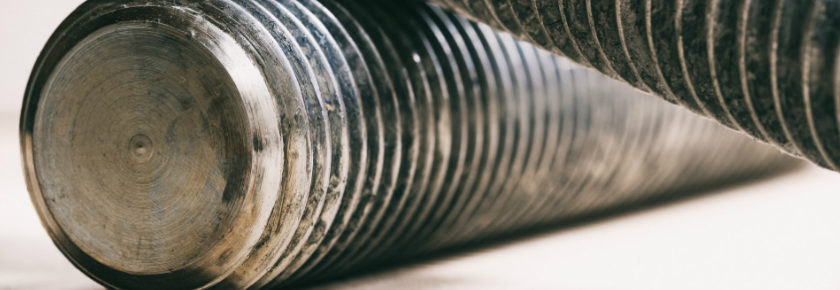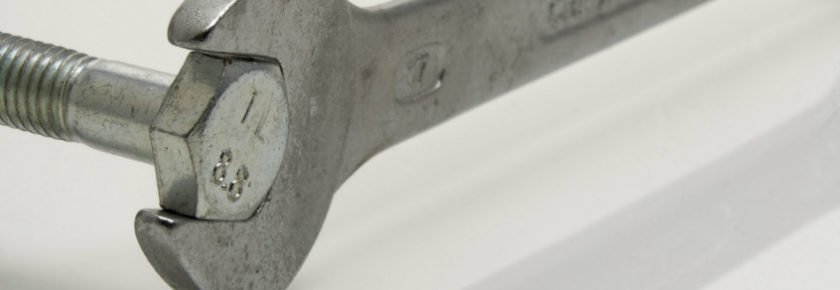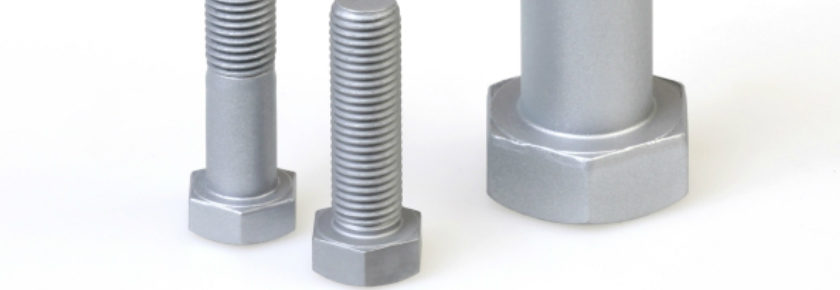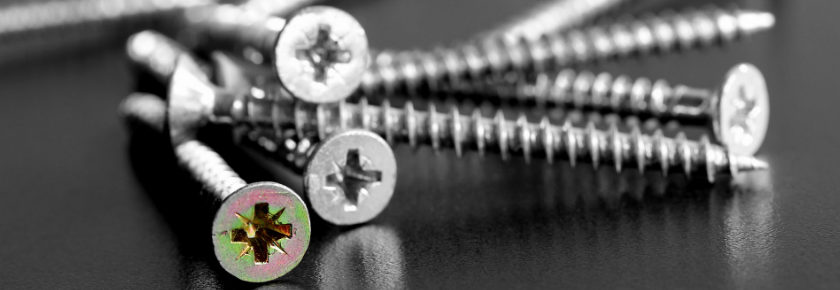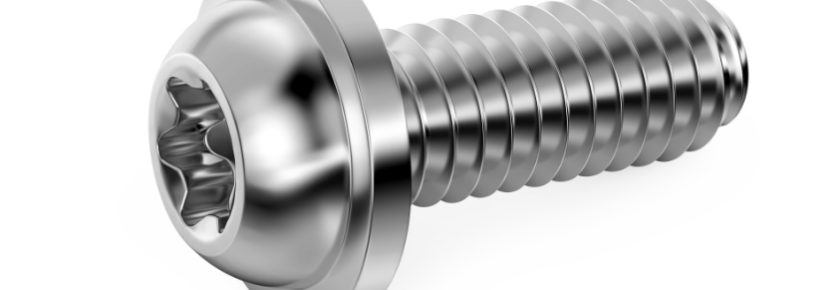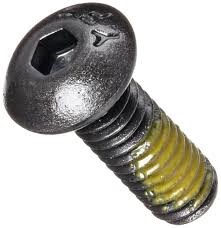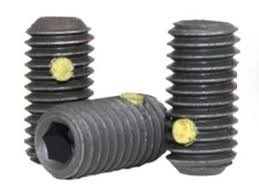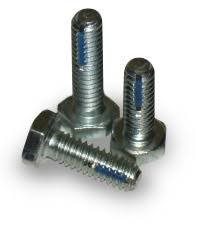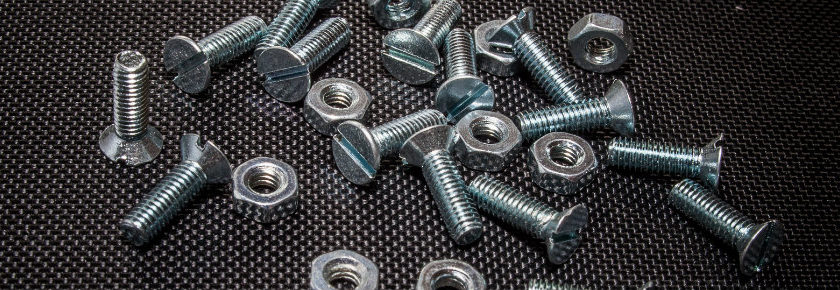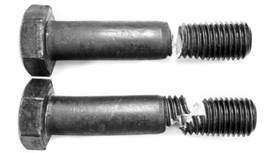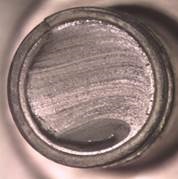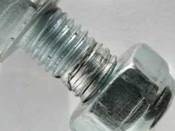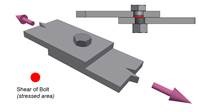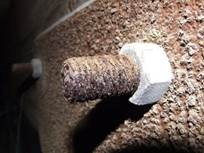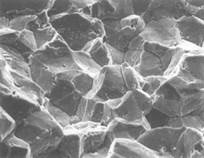By far the workhorse material of the fastening world is carbon or alloy steel, often plated or coated to resist corrosion in service. But, is this material suitable for all designs? What about cast iron, stainless steel, aluminum or even carbon fiber? If we make poor choices on material or fastener finishes, we can be setting our joints up to fail. Let’s take a brief look at each of the aforementioned materials:
| Joint Materials | Recommended Fastener Material | Recommended Fastener Finish | Comments |
| Plain steel | Plain carbon or alloy steel | Plain finish | |
| Cast iron | Plain carbon or alloy steel | Plain finish | |
| Aluminum | Aluminum alloy or stainless | None | Zinc flake coated plain carbon steel may also be used |
| Copper | Copper | None
|
Stainless is suitable |
| Stainless steel | Stainless steel | None | |
| Zinc die cast | Plain carbon steel | Zinc plated | |
| Carbon fiber | Stainless steel |
It is ideal to match the fastener material as closely as possible to the joint material not only to guard against galvanic corrosion, but also match the thermal expansion and contraction of the materials as they cycle through different temperatures.
There are also specialty fastener materials designed specifically for high temperature service.
For more information on which fastener material is right for your design, check out www.bossard.com or contact us at ProvenProductivity@bossard.com.
Doug Jones
Applications Engineer
djones@bossard.com

